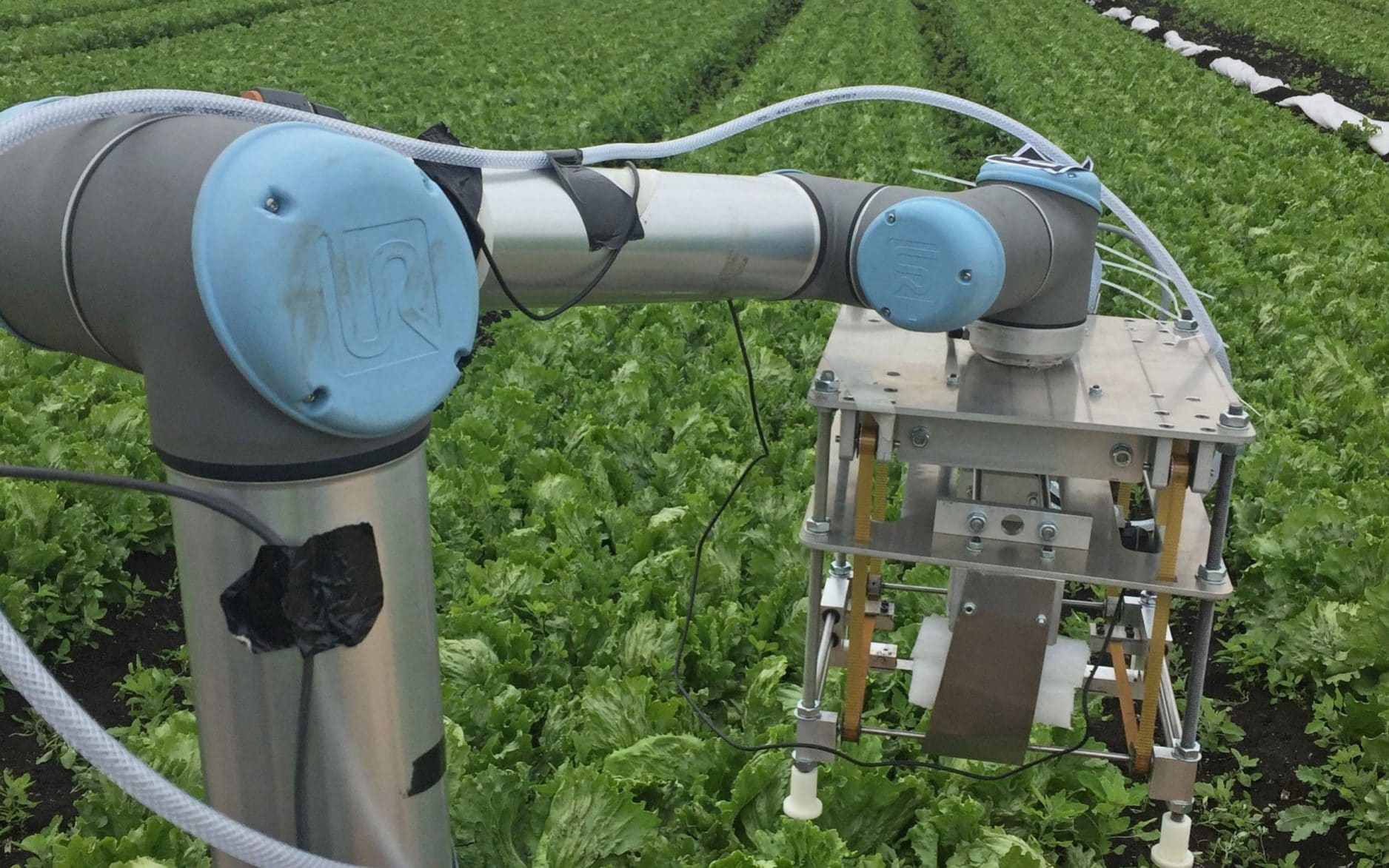
Iceberg lettuce has largely proved resistant to mechanical harvesting due to its fragility and its proximity to the ground. The physically demanding work is still mostly done by hand, requiring pickers to get low to the soil to clip the lettuce heads from beneath. Although Vegebot cannot harvest lettuces as quickly as humans, it could help pave the way for automated picking of leafy vegetables that are currently labour intensive.
"For a human, the entire process takes a couple of seconds, but it's a really challenging problem for a robot," said Josie Hughes, co-author of the study, which appears in The Journal of Field Robotics.
The Cambridge robot first uses an overhead camera and computer vision to capture and assess the lettuces in view. It decides whether each lettuce should be harvested based on machine learning algorithms trained on thousands of heads of lettuce in a variety of weather conditions. Individual crops might be rejected for not being ripe or carrying a disease.
A second camera is positioned near the cutting blade and helps ensure a smooth cut. The researchers were also able to adjust the pressure in the robot's gripping arm so that it holds the lettuce firmly enough not to drop it but doesn’t crush it. According to the Cambridge team, the force of the grip can be adjusted for other crops.
"Every field is different, every lettuce is different," said co-author Simon Birrell from the university’s Department of Engineering. "But if we can make a robotic harvester work with iceberg lettuce, we could also make it work with many other crops."
One of the Vegebot's potential benefits is a reduction in crop wastage. Fields are generally only harvested once, with ripe vegetables sent to market and unripe products discarded. An automated picker could work round the clock, making multiple passes to ensure crops were only harvested once ripe.
"We're also collecting lots of data about lettuce, which could be used to improve efficiency, such as which fields have the highest yields," said Hughes. "We've still got to speed our Vegebot up to the point where it could compete with a human, but we think robots have lots of potential in agri-tech."




Report highlights significant impact of manufacturing on UK economy
Note to Evil Villain/Dave 2020. Thatcher was PM for _11_ years, from 1979 to 1990 so no one under the age of 34 was even born when she left office....